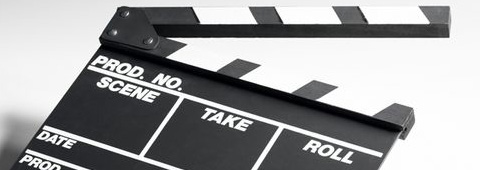International flights are my opportunity to have personal time - rarely does my scheduling allow for eight to ten hours of reading and reflecting. Since most books seems to market to a 220 page length, my present level of reading and comprehension lends itself to throwing a couple of those open to complete.
The flight from Frankfurt to Denver was my opportunity to read InSignificant: Why you matter in the way God is changing the World, by Chris Travis.
The author records his two years of teaching math in what was categorized as one of the toughest schools in the nation, in the inner city of Harlem. The tension between student and teacher - disrespect, abuse, pride, fighting - the worst side of the human condition played out in the classroom and school environment.
Chris shares his vulnerability and struggles as he seeks to make a positive impact. His frustration and the resulting changes to his heart and soul make this a valuable read.
Chapters deal with Power, Service, Generosity, Dependence, Love and other core values. Some of the stories brought a smile to my soul, some made me cry.
My takeaway from the helpful book is that those who want to leave a legacy, a positive change in a dysfunctional world, will find it more challenging than they could imagine. There will be great self-doubt in the process that makes a person question motives and personal determination.
Pastor, church-planter - you will find the book personally rewarding should you pick up a copy.

This is a continuation of yesterday's blog.
7. Task breakdown
{gallery}stories/graphics/20130402,height=700,single=task_breakdown.jpg,scaption=tasks,single_gallery=0,salign=right,ratio_image=1{/gallery}
Having a checklist aids me in making sure that all aspects have been thought out - mainly this will keep me aware of the time yet to be allotted.8. Overlays
Looking for an edgy feel to the piece, the overlays needed to be adjusted. For this piece movement and placement was key.
9. Final render
Now it was time to get the piece to press. This is the final result. In the next few months we will be using this piece to send to young adults as part of a follow-up campaign.

This is a continuation of yesterday's blog.
4. Storyboard
{gallery}stories/graphics/20130402,height=700,single=storyboard01.jpg,scaption=Storyboard,single_gallery=0,salign=right,ratio_image=1{/gallery}
This is one that so many people shortcut - just grab a camera and shoot some footage. To be honest, that will get you in trouble fast. You will end up reshooting so much, most likely due to the fact that you do not have an overview and something was either forgotten, or you did not get a proper angle.5. Shooting
6. Second draft
Dropping that footage into place then allowed me to make minor adjustments to the overall flow of the piece and then drop in a few special effects.

1. Script
{gallery}stories/graphics/20130402,height=700,single=storyline.jpg,scaption=Storyline,single_gallery=0,salign=right,ratio_image=1{/gallery}
When you have defined your audience - which will guide what you are attempting to communicate - then write a script. Put all the words onto paper. Rewrite if necessary. Most often I will write longhand, but if I am traveling, then I use the iPad.2. Audio track
3. First rough draft

Page 29 of 52